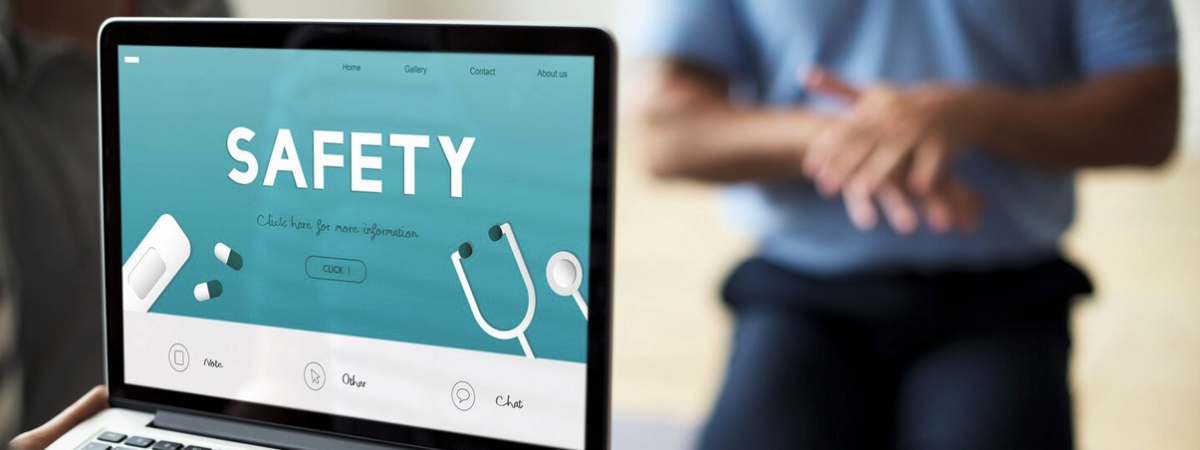Preventive Measures for Cold Weather

Exposure to very low temperatures may lead to hypothermia, which in severe cases can result in death. Cold weather can affect either individuals who are not adequately dressed for the environmental conditions, or those exposed to low temperatures for an extended period of time. The elderly are considered more vulnerable due to slower metabolism, while children lose body temperature more easily and struggle to regain it. People with heart conditions are also at greater risk. Most hypothermia-related deaths have been observed at temperatures ranging from -1°C to 10°C, usually following accidents such as falling into icy water (e.g., accidents, shipwrecks).
The symptoms of hypothermia/frostbite include: intense shivering and a strong sensation of cold. The skin becomes pale, subcutaneous fat hardens, and when body temperature drops below 35°C, muscle coordination problems and stuttering appear, along with reduced awareness, possible irrational behavior, followed by bradycardia and slower breathing that may lead to death.
Besides hypothermia, exposure to low temperatures in snowy areas may cause frostbite. Symptoms of frostbite include: pain, numbness, swelling, and itching.
Additionally, due to low temperatures two other milder syndromes may occur: the so-called “trench foot” and chilblains. The former occurs when a body part, usually the foot, is exposed for over 10 hours to cold and damp conditions. Local symptoms include pain, pallor, and swelling. The same cold and damp conditions can also cause chilblains on the fingers. Symptoms start with intense itching, followed by severe pain, redness, swelling, and sometimes blisters.
GUIDELINES FOR COLD WEATHER PROTECTION
– Avoid situations that may lead to accidental falls into icy waters (e.g., fishing near a riverbank or the sea).
– Dress in multiple appropriate layers when visiting areas with very low temperatures.
– In snowy areas, protect not only against the cold but also protect skin and eyes from ultraviolet solar radiation reflected by the snow.
– In case of suspected frostbite or hypothermia, seek a warm shelter and medical advice. Avoid any method that may cause a sudden increase in body temperature, as it may lead to complications.
Source: Ministry of Health and Social Solidarity

